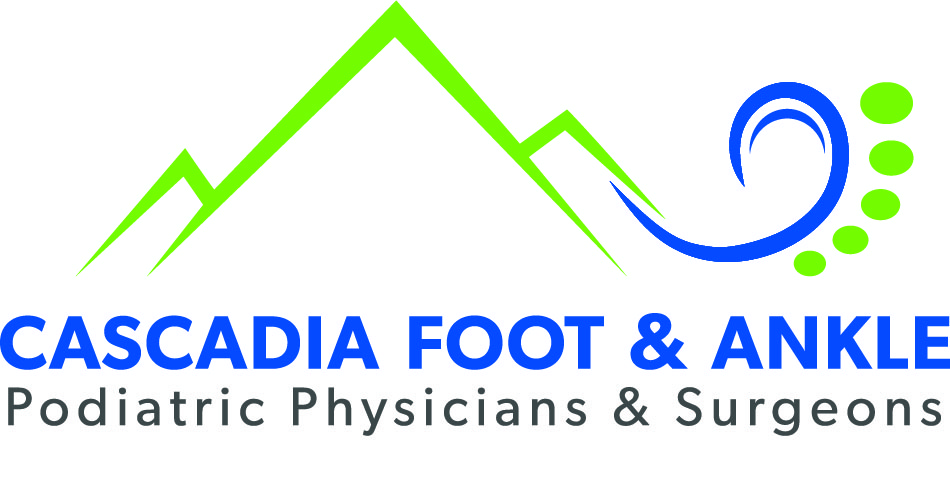Bunions
Even though bunions are a common foot deformity, there are many misconceptions about them. Many people may unnecessarily suffer the pain of bunions for years before seeking treatment.
What Is a Bunion?
A bunion (also referred to as hallux valgus or hallux abducto valgus) is often described as a bump on the inside of the big toe. But a bunion is more than that. The visible bump actually reflects changes in the bony framework of the front part of the foot. The big toe leans toward the second toe, rather than pointing straight ahead. This throws the bones out of alignment – producing the bunion’s “bump” and changing the mechanics of the forefoot.
Bunions are a progressive disorder. They begin with a leaning of the big toe, gradually changing the angle of the bones over the years and slowly producing the characteristic bump, which becomes increasingly prominent. Symptoms usually worsen as the deformity progresses, however, some people may never have symptoms with their bunion.
Causes
A common misconception is that wearing improper shoes can cause bunions. Although shoes do not cause bunions, wearing certain shoes can worsen a bunion and may cause increased symptoms from a bunion. Bunions are most often caused by an inherited faulty mechanical structure of the foot. It is not the bunion itself that is inherited, but a foot type that makes a person prone to developing a bunion.
Symptoms
Symptoms, which occur at the site of the bunion, may include:
• Pain or soreness • Inflammation and redness • A burning sensation
• Possible numbness
Symptoms from a bunion may result from wearing shoes that crowd the toes, such as shoes with a narrow toe box or high heels. This may explain why women are more likely to have symptoms than men. In addition, some bunion symptoms result from medial nerve impingement or pain from the joint itself, which is actually slowly dislocating over time! Spending long periods of time on your feet can aggravate the symptoms of bunions.
Diagnosis
Bunions are readily apparent and many patients know they have one prior to actually seeing a doctor. The prominence is visible at the base of the big toe and often a family member has had a bunion as well. However, to fully evaluate the condition, the foot and ankle surgeon may take x-rays to determine the degree of the deformity and assess the changes that have occurred to the joint and surrounding tissues.
Because bunions are progressive, they don’t go away, and will usually get worse over time. But not all cases are alike – some bunions progress more rapidly than others. Once your surgeon has evaluated your bunion, a treatment plan can be developed that is suited to your needs.
Non-Surgical Treatment
Sometimes observation of the bunion is all that’s needed. To reduce the chance of damage to the joint, periodic evaluation and x-rays by your foot & ankle surgeon are advised.
In many cases, however, some type of treatment is needed. Early treatments are aimed at addressing the pain of bunions, but they won’t reverse the deformity itself. These include:
• Changes in shoewear. Wearing the right kind of shoes is very important. Choose shoes that have a wide toe box and forgo those with pointed toes or high heels which may aggravate the condition.
• Padding. Pads placed over the area of the bunion can help minimize pain. These can be obtained from your surgeon or purchased at a drug store.
• Activity modifications. Avoid any activity that causes bunion pain, including standing for long periods of time.
• Medications. Oral nonsteroidal anti-inflammatory drugs (NSAIDs), such as ibuprofen or naproxen, may be recommended to reduce pain and inflammation.
• Icing. Applying an ice pack several times a day helps reduce inflammation and pain.
• Injection therapy. Although rarely used in bunion treatment, injections of corticosteroids may be useful in treating the inflamed bursa (fluid-filled sac located around a joint) sometimes seen with bunions.
• Orthotic devices. In some cases, custom orthotic devices may be provided by the foot and ankle surgeon.
When Is Surgery Needed?
If non-surgical treatments fail to relieve bunion pain and when the pain of a bunion interferes with daily activities, it’s time to discuss surgical options with a foot and ankle surgeon. Together you can decide if surgery is best for you.
A variety of surgical procedures are available to treat bunions. The procedures are designed to remove the “bump” of bone, correct the changes in the bony structure of the foot, and correct soft tissue changes that may also have occurred. The goal of surgery is the reduction of pain and restoration of normal foot function.
In selecting the procedure or combination of procedures for your particular case, the foot and ankle surgeon will take into consideration the extent of your deformity based on the x-ray findings, your age, your activity level, and other factors. The length of the recovery period will vary, depending on the procedure or procedures performed.

